
Tree or bush? It’s all in the hormones
Plant Science Research WeeklyMuch of our understanding of the molecular underpinning that control shoot architecture comes from studies of annual plants such as Arabidopsis, pea, and rice. This new work by Su et al. investigates shoot branching in a long-lived tree, silver birch (Betula pendula). They started with a naturally occurring…
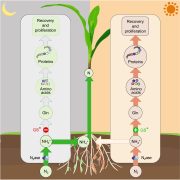
Diurnal switches in diazotrophic lifestyle increase nitrogen contribution to cereals
Plant Science Research WeeklyUnlike legumes, which form symbiotic associations with nitrogen-fixing bacteria (diazotrophs), high-yielding cereal crops are usually supplemented with inorganic fertilizers that are both energetically and environmentally problematic. Some non-legumes can obtain nitrogen from associations with free-living…
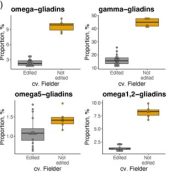
Engineering wheat to reduce the immunoreactivity of gluten
Plant Science Research WeeklySome people cannot eat wheat because they are sensitive to gluten, which is a proteinaceous network of glutenins and gliadins. Gliadins are divided into four classes, ω, γ, α, and β, with ω- and γ-gliadins being the most toxic to gluten sensitive individuals. Hence, there is interest in reducing…
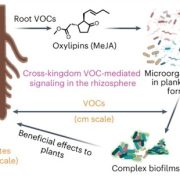
Volatile methyl jasmonate from roots triggers host-beneficial soil microbiome biofilms
Plant Science Research WeeklyVolatile molecules released from plant roots (root VOCs, rVOCs) can diffuse over long distances, thereby increasing the sphere of plant influence. However, their influence on complex soil microbial communities (or microbiomes) and ecological implications are poorly understood, mainly due to technical…
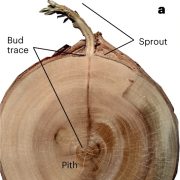
Old reserves and ancient buds fuel regrowth of coast redwood after catastrophic fire
Plant Science Research WeeklyIn recent years we have witnessed catastrophic fires throughout the world, including the redwood forests of California. Although these huge ancient trees are fire resistant, many have died due to the extreme heat generated by these recent fires. Here, Peltier et al. examined patterns of regrowth from…

Plant Science Research Weekly: December 15, 2023
WWR Full PostSpecial issue: Human-machine collaboration in plant biology
This is an excellent article to wrap up this year and lead us into the future. Introducing a special issue of Plant Cell Physiology, Nakajima et al. summarize an exciting collection of papers that look at diverse ways that plant biology can…

ZmNAC128 and ZmNAC130 coordinate with Opaque2 to promote endosperm filling in maize
The Plant Cell: In a NutshellChen, Yu, He, Peng et al. investigate the synchronized mechanisms of endosperm filling, from nutrient uptake to the biosynthesis of storage reserves.
https://doi.org/10.1093/plcell/koad215
By Di Peng and Zhiyong Zhang
School of Life Sciences, Division of Life Sciences and Medicine, University…
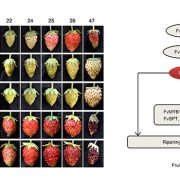
A transcriptional network that controls strawberry fruit ripening
The Plant Cell: In a NutshellXiaojing Li and Guozheng Qin, Institute of Botany, Chinese Academy of Sciences
Background: Strawberry is an important horticultural crop with a high economic value worldwide. Various factors regulate the ripening of strawberry fruit, including the plant hormone abscisic acid (ABA), epigenetic modifications,…
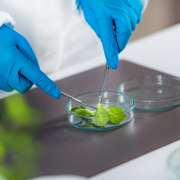
Genome Editing Tutorial for Beginners
Blog, EducationGenome editing
Genome editing is a technique to alter DNA of specific cells or organisms including bacteria, plants and animals. Genome editing has extensive advantages starting from agricultural research to human disease research. Recent advancement of bacterial or engineered nucleases target and…

